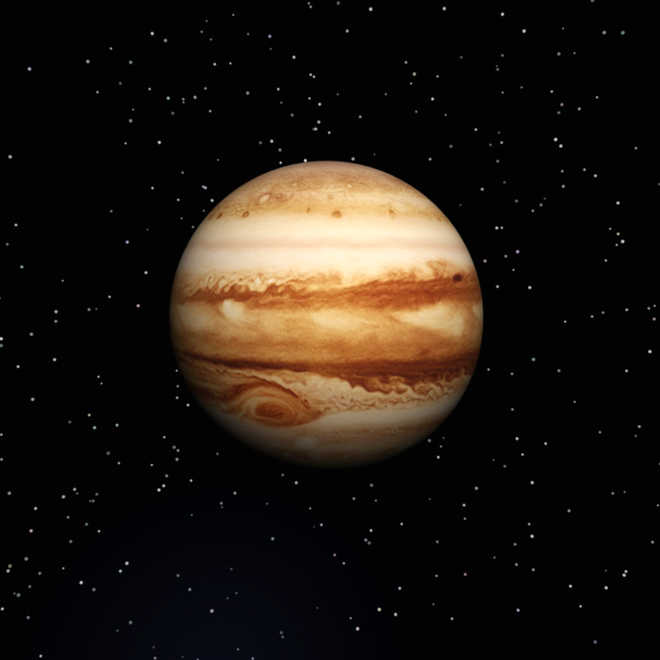
Photo source: Thinkstock
London
ESA is scheduled to launch its Jupiter exploring spacecraft in 2022 on a mission to examine the giant planet's turbulent atmosphere, enormous magnetosphere, its set of tenuous dark rings and satellites.
With arrival in the Jovian system in 2029, the Jupiter Icy Moons Explorer — Juice — will spend three-and-a-half years examining Jupiter, the European Space Agency (ESA) said.
It will study the large icy moons Ganymede, Europa and Callisto, which are thought to have oceans of liquid water beneath their icy crusts — perhaps even harbouring habitable environments.
The mission will culminate in a dedicated, eight-month tour around Ganymede, the first time any moon beyond our own has been orbited by a spacecraft.
"The spacecraft design has been extensively and positively reviewed, and confirmed to address the many critical mission requirements," said Giuseppe Sarri, Juice project manager.
"So far we are on schedule, and are delighted to begin the development stage of this ambitious large-class mission," said Sarri.
Juice will be equipped with 10 state-of-the-art instruments, including cameras, an ice-penetrating radar, an altimeter, radio-science experiments, and sensors to monitor the magnetic fields and charged particles in the Jovian system.
In order to ensure it can address these goals in the challenging Jovian environment, the spacecraft's design has to meet stringent requirements.
An important milestone was reached earlier this month, when the preliminary design of Juice and its interfaces with the scientific instruments and the ground stations were fixed, which will now allow a prototype spacecraft to be built for rigorous testing, ESA said.
The review also confirmed that the 5.3 tonne spacecraft would be compatible with its Ariane 5 launcher.
Operating in the outer Solar System, far from the Sun, means that Juice needs a large solar array: two wings of five panels each are foreseen, which will cover a total surface area of nearly 100 square metres, capable of providing 820 Watts at Jupiter by the end of the mission.
After launch, Juice will make five gravity-assist flybys in total: one each at Mars and Venus, and three at Earth, to set it on course for Jupiter.
Its solar panels will have to cope with a range of temperatures such that when it is flying closer to the Sun during the Venus flyby, the solar wings will be tilted to avoid excessive temperatures damaging the solar cells.
The spacecraft's main engine will be used to enter orbit around the giant planet, and later around Jupiter's largest moon, Ganymede. As such, the engine design has also been critically reviewed at this stage.
Special measures will allow Juice to cope with the extremely harsh radiation that it must endure for several years around Jupiter, ESA said. — PTI



























